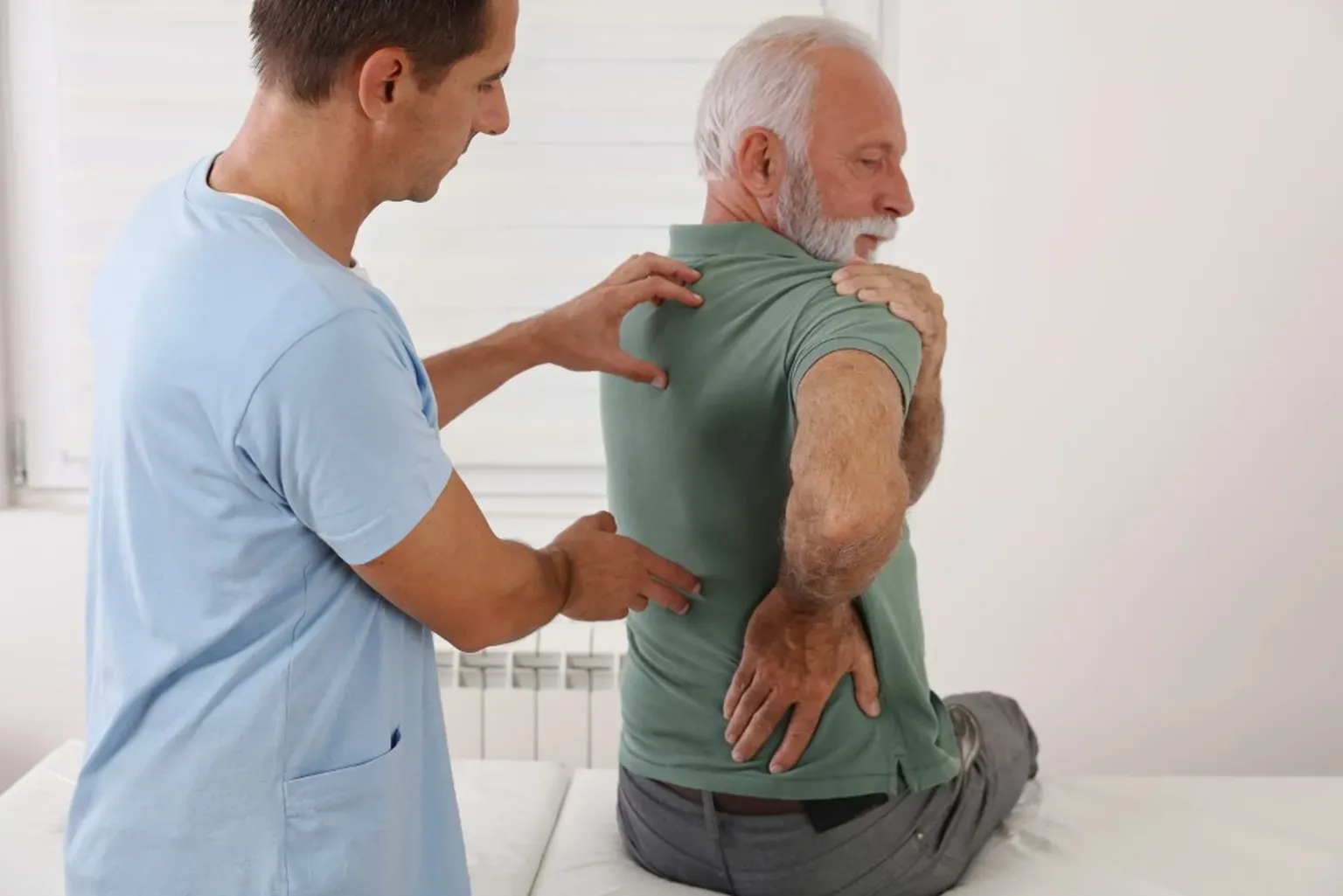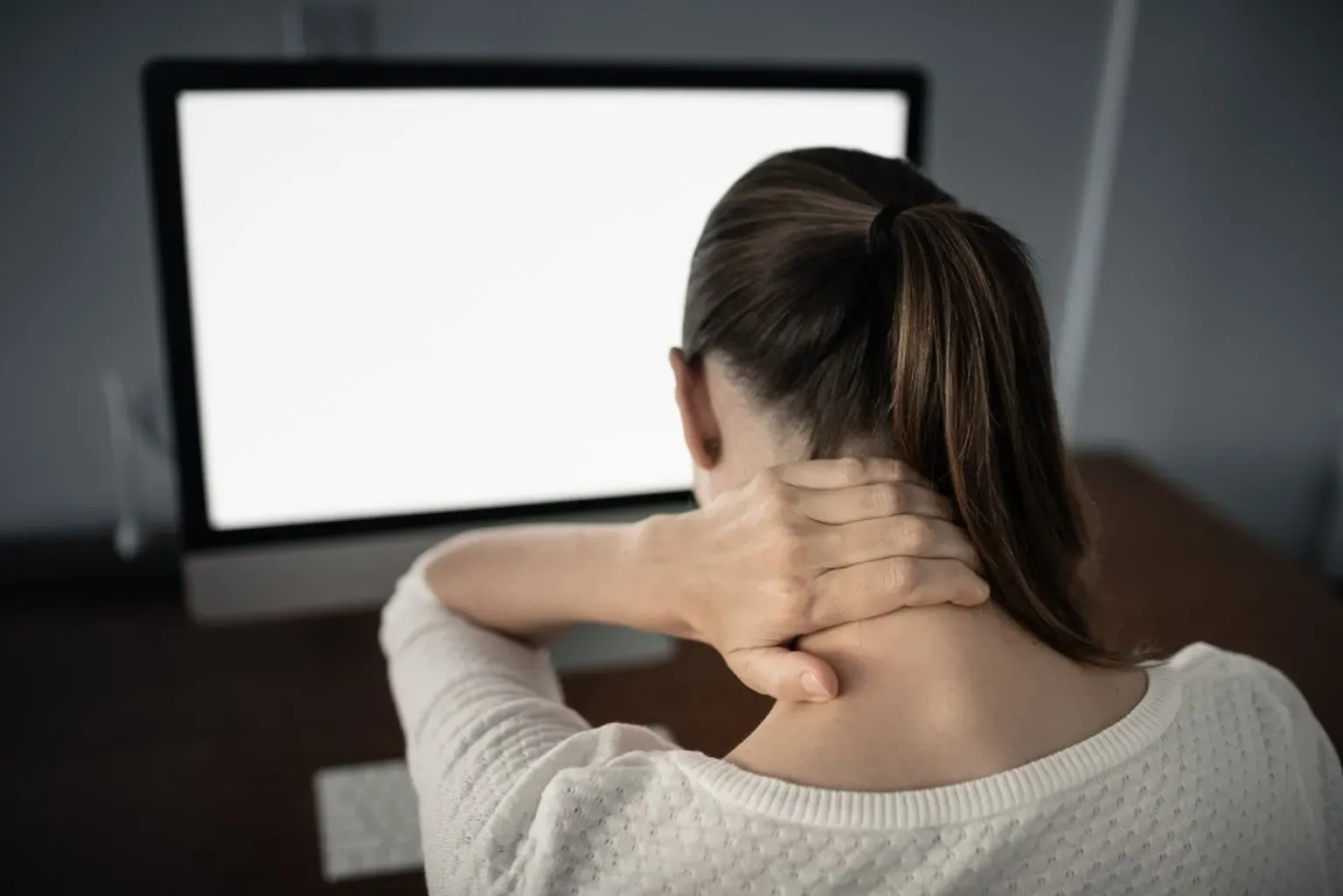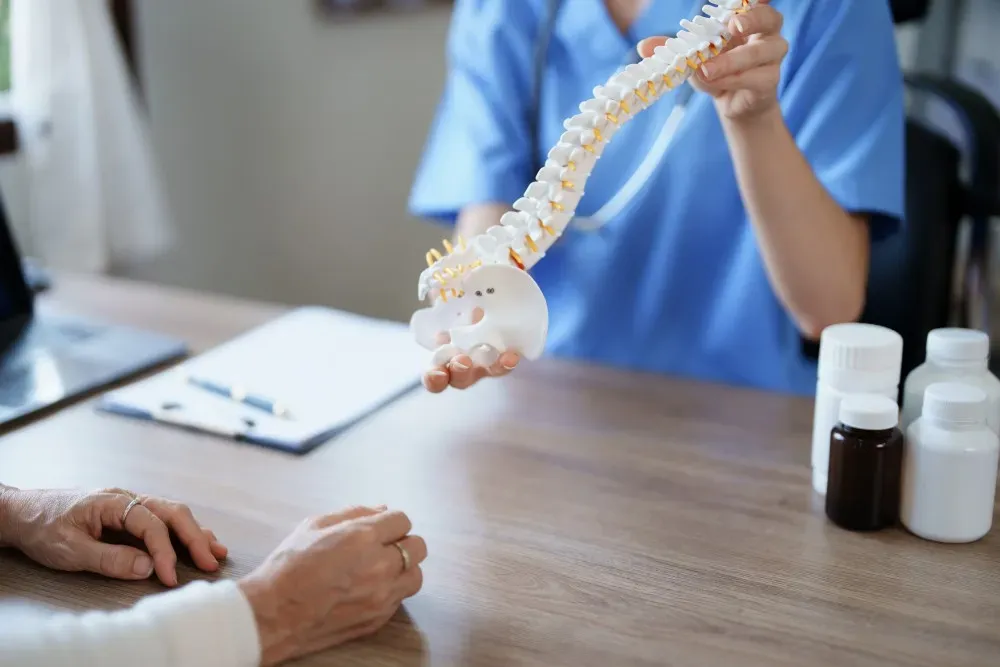Neurosurgery & Orthopedic Surgeons in Jacksonville

Are You at Risk for Spinal Stenosis?
Narrowing (stenosis) of the spinal canal may cause significant symptoms — or not. It all depends on where the stenosis occurs and the extent of the stricture. So who’s at risk? Anyone, but some factors can increase your odds.
If you’ve ever faced the chore of packing a lot of vital equipment into a very small space, you’re familiar with the challenges that can affect spinal anatomy and function.
The spine’s bones, joints, tendons, ligaments, discs, and nerves are a complex network that function best when everything remains in its designated, albeit form-fitting space.
Unfortunately, conditions like a herniated disc or bone spurs can cause spinal stenosis, decreasing the space through which spinal nerves travel. This can lead to pain as the pinched nerves rebel.
Our Integrity Spine and Orthopedics team in Jacksonville, Florida specializes in diagnosing and treating conditions like spinal stenosis. We’re happy to share these basic facts about spinal stenosis and factors that can increase your risk of developing this painfully common condition.
Understanding spinal stenosis
The spinal canal is a small tunnel that runs through each of the spine’s vertically stacked bones (vertebral column), offering a protected space for the spinal cord. Nerves exit the spinal cord at various points along the backbone and pass through tiny openings in the vertebrae (foramen).
These branching nerves spread into nerve fibers that eventually connect with tissue structures throughout the body, creating the peripheral nervous system responsible for movement, sensation, and autonomic functions like respiration and digestion.
Spinal stenosis is the narrowing of the spinal canal itself or the vertebral openings that nerves pass through. The resulting nerve pressure, irritation, and inflammation can cause varying levels of pain that may travel throughout the area an affected nerve serves (dermatome).
For instance, back pain traveling into the hips, buttocks, and legs is often related to stenosis affecting the sciatic nerve roots (sciatica) in the lower back. Stenosis can occur anywhere along the spine but is most common in the lumbar (lower) back and neck (cervical spine).
Who is at risk for spinal stenosis?
Anyone can develop spinal stenosis, but some factors increase your risk, including age-related conditions such as:
Osteoarthritis
Osteoarthritis causes the cartilage in joints to wear away. This can cause the bones to form growths known as bone spurs, which can invade the spinal canal.
Degenerative disc disease
As the soft discs between vertebrae age, they can dry out and start to lose height, narrowing the foraminal spaces.
Thickened ligaments
The tough cords that help hold the bones of the spine together can become stiff and thicken over time, potentially bulging into the spinal canal.
Herniated disc
A disc herniates when the inner gel-like material pushes through the outer disc material. The resulting bulge can press on nearby spinal nerves.
Other causes of spinal stenosis include:
- Traumatic injuries resulting in fractures or dislocations of one or more vertebrae
- Rheumatoid arthritis
- Spinal instability (spondylolisthesis), causing one vertebra to slip onto the one below
- Paget’s disease and other conditions that affect bone growth and development
- Congenital spinal stenosis
- Scoliosis
Although rare, tumors that develop inside the spinal cord, in the membranes covering the spinal cord, or in the space between the spinal cord and vertebrae can also cause spinal stenosis.
For expert diagnosis and treatment of back, neck, or joint pain, schedule an evaluation at Integrity Spine and Orthopedics today. Call the office or request an appointment online.




